From The Collection: Carol Bajen-Gahm
Carol Bajen-Gahm, Root Cellar Meditation #12, 20” x 17”, encaustic, Pigment Stick, walnut ink, and seaweed print on Kitakata paper mounted on panel, 2016
In 2017, Carol Bajen-Gahm was part of THE LAST PICTURE SHOW: FORCES & artifacts, a two-person exhibition with Pamela Blum at R&F. Root Cellar Meditation #12 was part of this exhibition and was later acquired for R&F’s permanent collection. Highly influenced by the natural world, Bajen-Gahm’s work investigates time shifts, spatial juxtapositions, and the disordered aspects of nature. She has long been attracted to dark spaces, such as tangled roots, wells, and caves, as well as dreams and fairy tales.
Root cellars provide an example of a dark space as nurturing force, a kind of transformation by preservation. Bajen-Gahm became fascinated with root cellars when she attended the 2 Rooms Artist Residency in Duntara, Newfoundland in 2016. A tiny remote village on the Bonavista Peninsula, one hundred and seventy five miles north of St. John’s, Duntara is a summer destination. The population shrinks to less than fifty in the winter. Root cellars abound in the region and are a major part of survival during the winter months.
Bajen-Gahm was in Duntara for two weeks during the fall and was struck by the serious focus residents had on the coming winter. She watched as boats were taken from the water, firewood was neatly stacked, and root cellars were well stocked. Deeply influenced by her immediate environment, Bajen-Gahm considered a time when food was less secure and residents has to rely on their own efforts to survive.
In her Root Cellar series, Bajen-Gahm used mixed media to create a dense abstract structure as a meditation on the complexity of our world. Layered patterns were inspired by thoughts of darkness, not as something engendering fear, but as a nurturing force in the preservation of food. Additional elements used related to food production and preservation, including seaweed (a fertilizer) and tobacco netting (a crop protector).
She began by creating seaweed contact prints on printmaking paper and then glued these prints to a support. In some cases, she added digital transfers of photographs. On top of this surface, she worked with charcoal, graphite, pan pastel, encaustic, and Pigment Stick. As she continued building, inevitably she experienced “a state of chaos,” which would continue as “the process became geologic, a back and forth shifting between deposition and erosion,” until eventually the disparate elements came into balance.
Of Bajen-Gahm’s work, Blum said “the place and landscape narratives cause the observer to shift mental viewing distances within each image…the resulting imagery - indeterminate places and spaces - transcends her materials. These artifacts shift scale from biological processes to human habitation, huge earth forces and aerial views.”
Bajen-Gahm has lived in Torbay, Newfoundland since 2003 and worked as a full time painter for over twenty years. She is the recipient of a Joan Mitchell grant and has been an artist-in-residence at the Julia and David White Artist Colony in Ciudad Colón, Costa Rica, as well as the Dorland Mountain Arts Colony in Temecula, California. She recently received a grant from The Newfoundland and Labrador Arts Council (ArtsNL) to create a body of work inspired by crumbling World War II gun installations in nearby St. John’s.
You can find out more about Bajen-Gahm and the workshops she offers at Torbay Bight Studio by visiting bajengahm.com.

